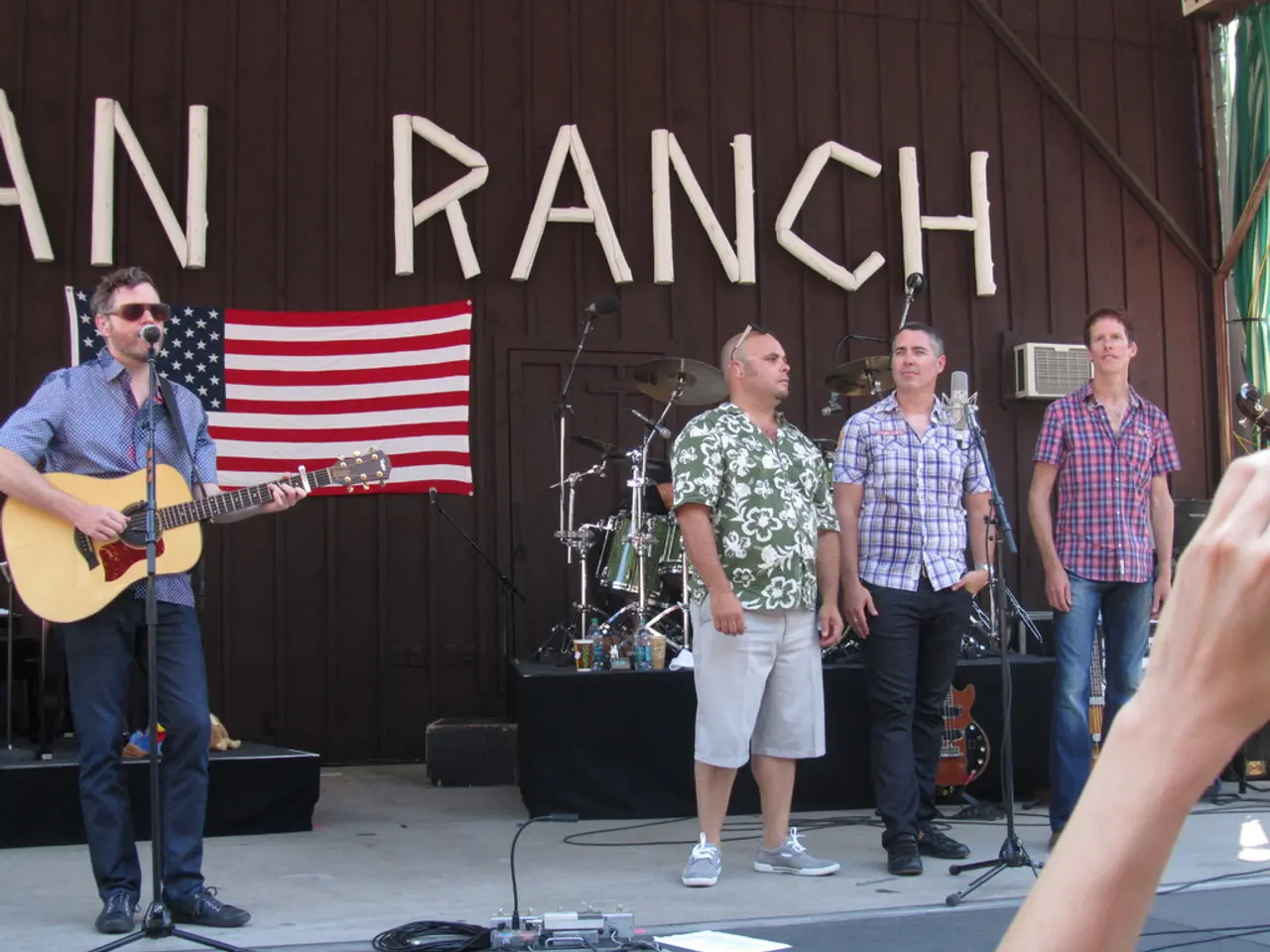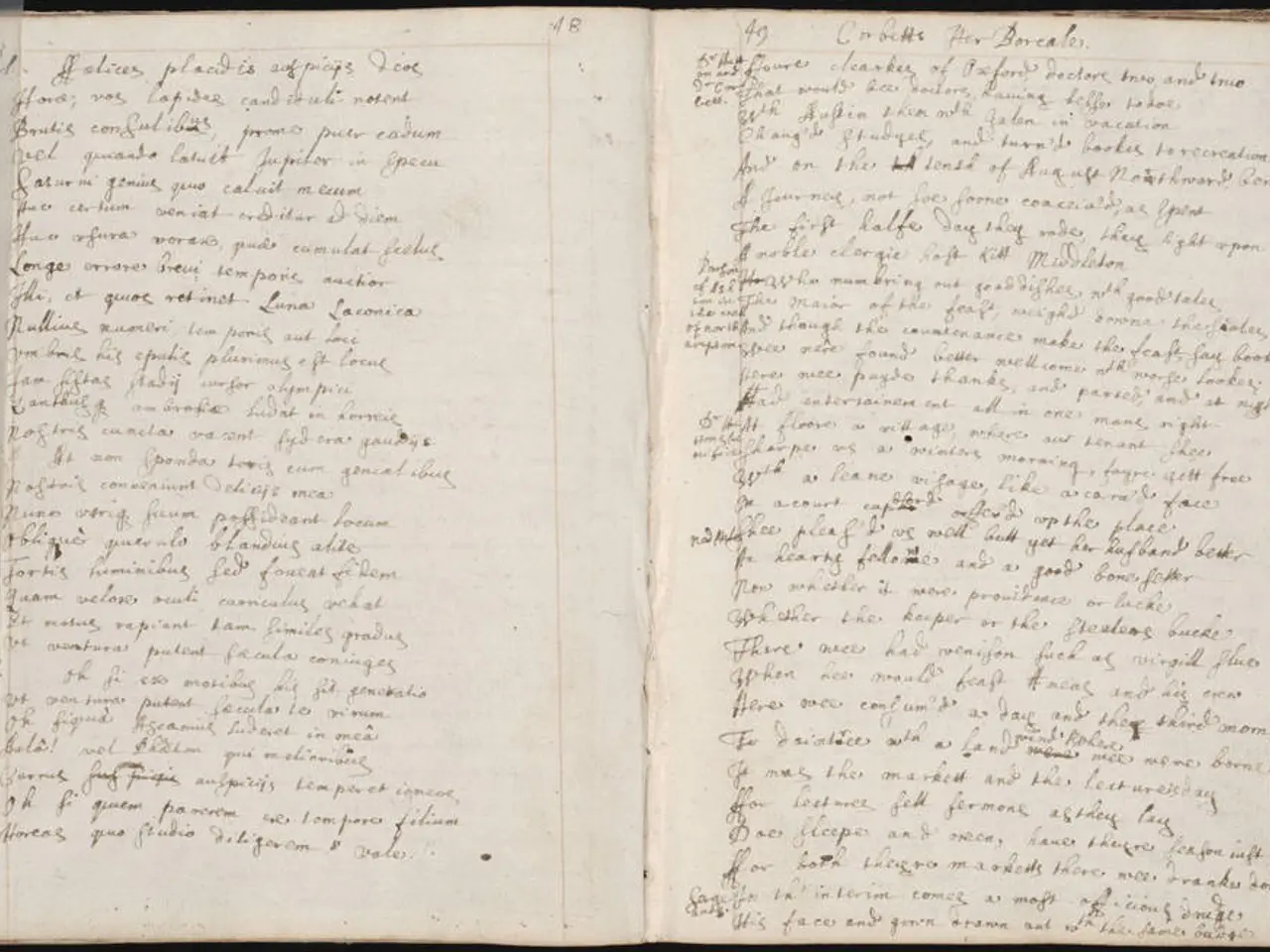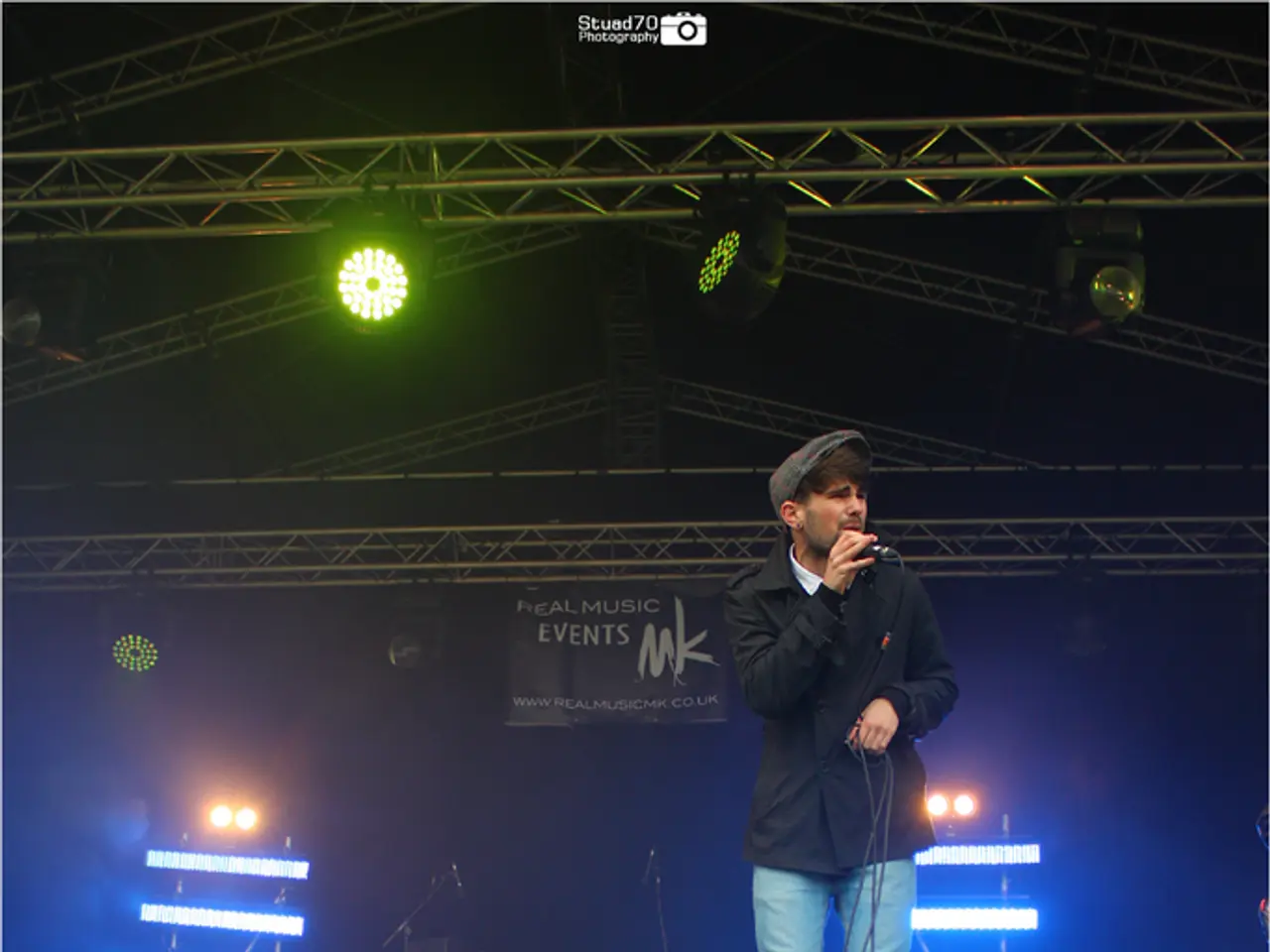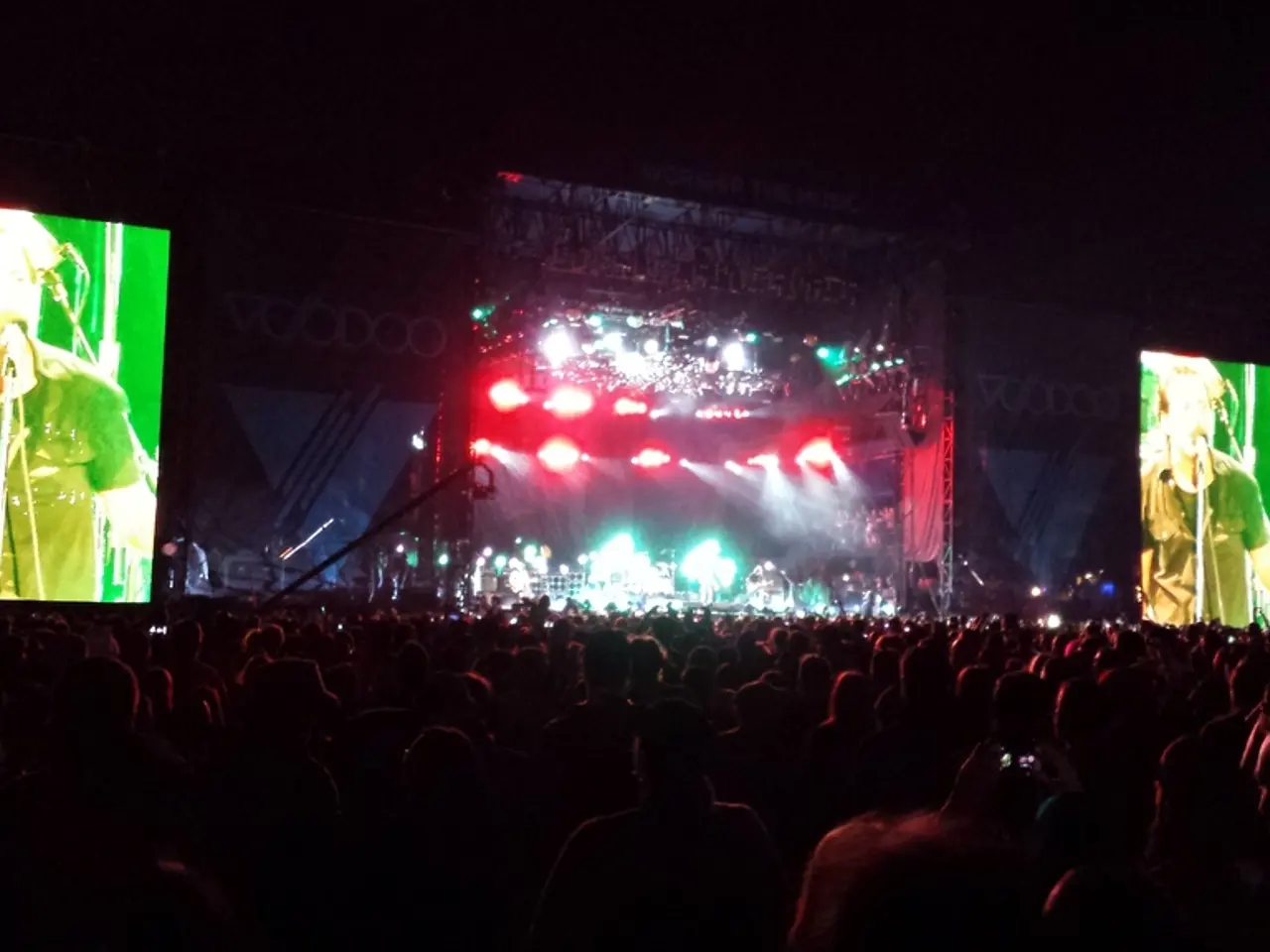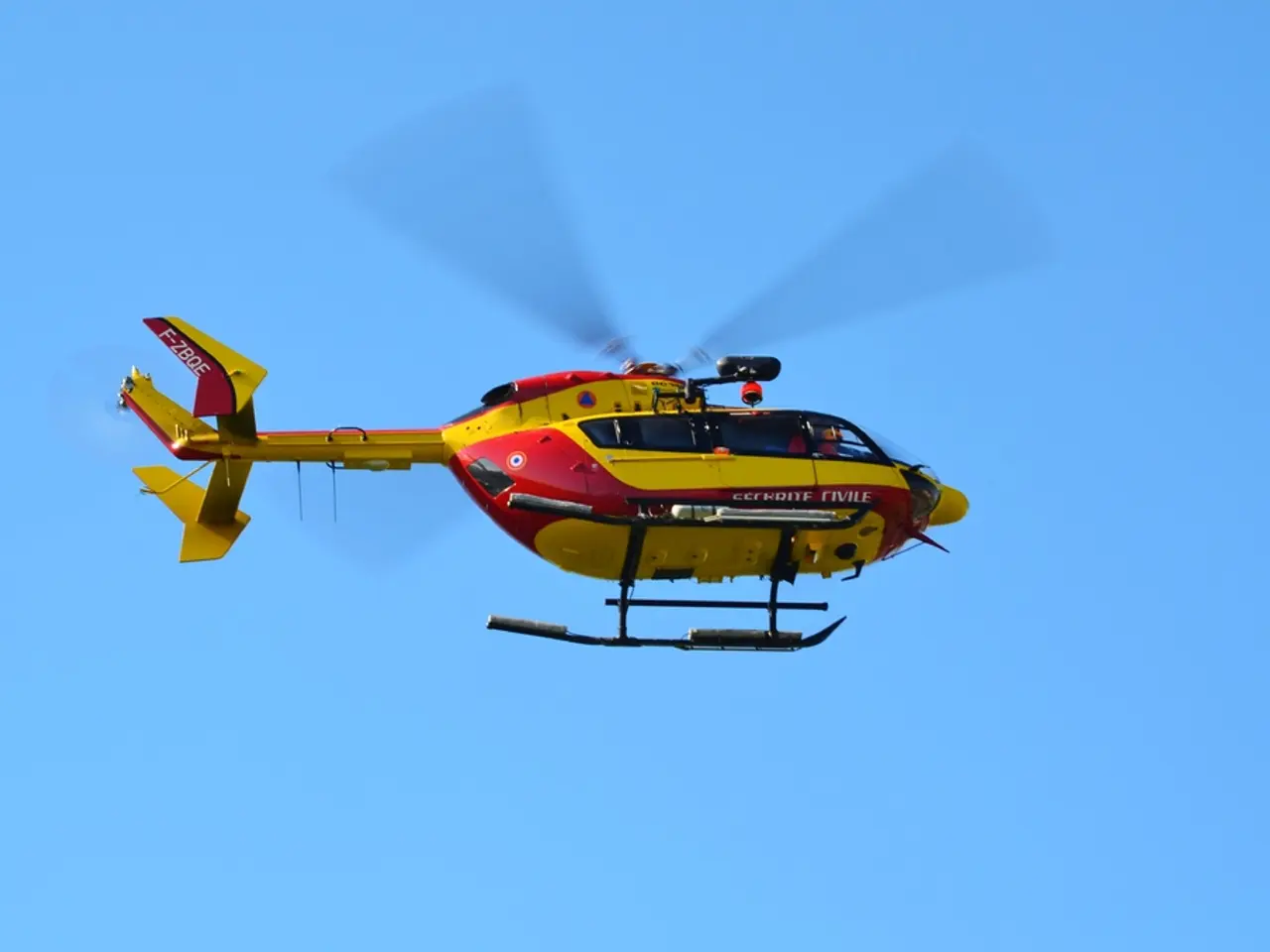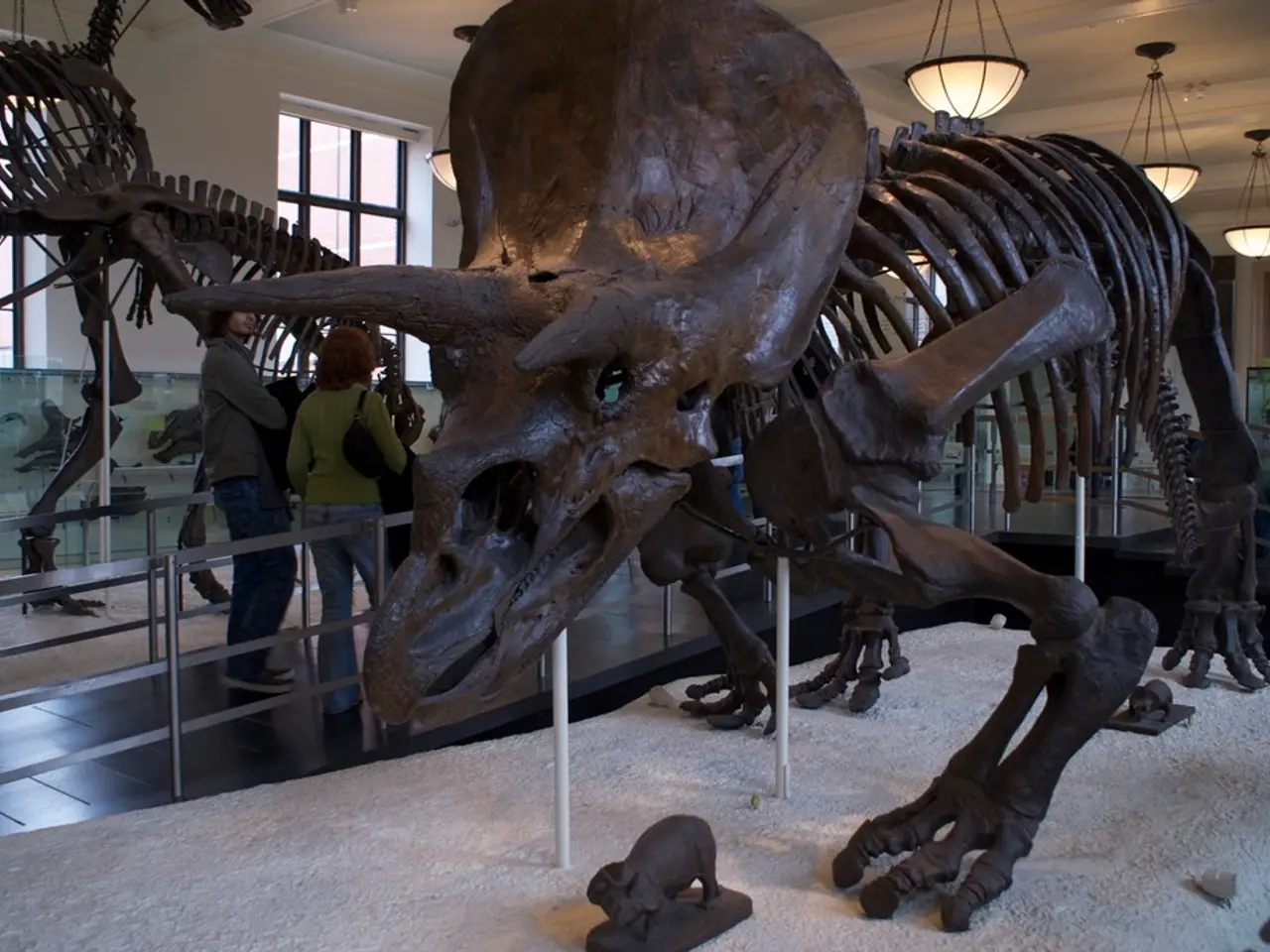Controversy swirled as Bob Dylan performed, eliciting boos from the crowd, leading to the production of one of his most iconic songs.
In the summer of 1965, Bob Dylan made a bold move that would redefine his career and the landscape of popular music. At the Newport Folk Festival, he electrified his performances, marking a dramatic departure from his acoustic folk roots and ushering in the era of folk-rock.
The transformation was inspired in part by the electric sound popularized by The Beatles. Dylan, on a road trip in February 1964, was captivated by the soaring, jangling tones of their music. This influence was evident in his decision to embrace electric instruments, a choice that would prove to be both controversial and groundbreaking.
On July 1965, Dylan released the influential song "Like A Rolling Stone." The recording took place on the 15th and 16th of June, with the help of musicians like Mike Bloomfield, the dynamic Chicago-based guitarist with the Paul Butterfield Blues Band, who contributed to the recording of the song. Al Kooper, a young guitarist, slipped into the live room during the recording and played a crucial organ riff on "Like A Rolling Stone."
Dylan's electrified performance of "Like A Rolling Stone" at the Newport Folk Festival was met with a mix of reactions. While some audience members enthusiastically embraced the innovation, others, particularly folk purists, were incensed by Dylan's adoption of electrified rock music. The song was performed live for the first time, but Dylan was booed by his own fans.
Dressed in black jeans, black boots, and a black leather jacket, clutching a 1965 Fender Stratocaster, Dylan walked out on stage accompanied by Al Kooper (organ/bass), Barry Goldberg (piano/organ), Mike Bloomfield (guitar), Jerome Arnold (bass), Sam Lay (drums) from the Paul Butterfield Blues Band. Dylan's band concluded their set with "It Takes A Lot To Laugh, It Takes A Train To Cry" and then bolted from the stage, having been on stage for just 17 minutes.
In an attempt to placate the crowd, Dylan returned to play "It's All Over Now, Baby Blue" and "Mr. Tambourine Man" with an acoustic. However, the damage had been done. Dylan's electrification was a career-defining transformation that challenged folk orthodoxy, split audiences initially, but ultimately revolutionized popular music by bridging folk and rock into a new hybrid genre, folk-rock.
Five months after the Newport performance, Dylan and his band returned to Columbia Records' Studio A on New York's 7th Avenue to record the album that would become "Highway 61 Revisited." Released on 30 August, 1965, the album is a seminal folk-rock classic, featuring songs like "Ballad of a Thin Man," "Tombstone Blues," and "Just Like Tom Thumb's Blues." "Like A Rolling Stone" serves as its powerful opening statement.
Dylan's shift to electric music at the 1965 Newport Folk Festival profoundly impacted both his career and the development of folk-rock. His decision to play with an electric band marked a turning point in the history of music, inspiring a generation of musicians to explore electric instruments in the traditionally acoustic folk realm, greatly influencing both rock and folk music's evolution.
[1] Cott, Roger. "Bob Dylan: The Biography." Little, Brown and Company, 2009. [2] Clinton, Clinton Heylin. "Bob Dylan: The Recording Sessions, 1960-1994." St. Martin's Press, 1995. [3] Perone, John. "The Newport Folk Festival: Sixties Rock and Roll's Most Famous Festival." Praeger, 2005.
The transformative influence of The Beatles' electric music was apparent in Bob Dylan's decision to embrace electric instruments, as he was captivated by their sound during a road trip in February 1964. His electrified performance of "Like A Rolling Stone" at the Newport Folk Festival, which caused a mix of reactions, ultimately revolutionized popular music by bridging folk and rock into a new genre, folk-rock.
